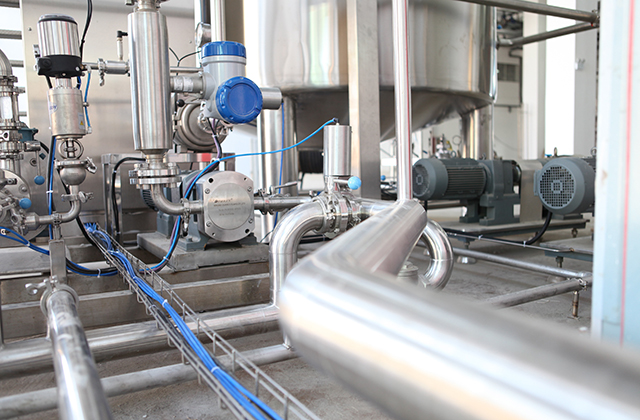Introduction
Leaks are never good. They can cause water damage and other problems in your restaurant, which is why you should do everything you can to stop them before they become a problem. One of the best ways to detect leaks is through hydrostatic testing, which uses water pressure to find the location of a pipe leak. However, if your pipe has already sprung a leak and needs immediate attention, there are other options available as well! Whether you have a leak in your restaurant the best to contact is Sydney relining pipe.
Step 1: Locate The Leak
The first step is to locate the leak. If you are not sure where it is, there are several ways you can find out.
- Look for discoloration or wetness on surfaces near pipes and faucets.
- Check for water stains on walls or ceilings above sinks and toilets where leaks may occur from leaking fixtures inside these fixtures (for example: a dripping faucet).
If you cannot locate your leak using these methods, do not panic! There are other ways of tracking down those pesky leaks!
Step 2: Prepare A Temporary Patch
- Prepare a temporary patch.
A temporary repair is used when you don’t have time to make permanent repairs, or simply can’t afford them. It’s important that you use the right materials for your pipe lining project; this will ensure that your pipes are protected from further damage while they undergo more repairs in the future.
Step 3: Cut The Leak
Now that you have the pipe exposed, it’s time to cut the leak. There are several different ways to do this, depending on your situation and preference. If there is an easy access point where you can reach inside of the pipe without having to remove any walls or floors, then cutting through with a hacksaw may be your best bet.
If this isn’t possible and/or if you want something more precise than just hacking away at it with a knife (which could damage other pipes in close proximity), then using an electrician’s saw might be a better option for you. These tools tend not only cut through plastic pipes but also cleanly slice through metal ones as well–making them ideal for both short-term fixes or permanent repairs when needed!
Once we’ve made our cuts around all four sides of our leaky joint between two sections of PVC conduit pipe (and removed any extra material left over), we’re ready for step 4: Cleanup!”
Step 4: Install The Sealer
The sealer should be a perfect fit for the pipe. If it’s too large, it won’t seal properly and will allow water to leak out of the joint. Too small and you’ll have to cut it down with a hacksaw or something similar.
It’s also important that you install your seal correctly: make sure that there are no gaps between each layer of your basecoat (the first coat), topcoat (the second coat) and primer; if there are gaps then moisture can sneak in through these areas when you’re not looking, causing rusting over time which may lead to leaks later on down the line!
It might seem obvious but don’t forget to check whether or not everything has been installed correctly before moving onto step 5 – this includes checking each component individually as well as checking all connections between components together at once too!
Step 5: Clean Up & Enjoy Your Restaurant Again!
Now that you’ve successfully relined your pipe, it’s time to clean up.
First, call a professional plumber to come in and remove any remaining debris from the area. Next, vacuum out any excess cement or grout using an upright vacuum cleaner with a crevice tool attachment (if there are any stubborn spots). For stubborn stains on your flooring or walls, wipe them down with a cloth dampened in warm soapy water; let dry before proceeding further. Finally, wear gloves and eye protection as you sweep away any leftover debris from inside the restaurant!
When everything is back to normal–or at least as normal as it gets around here–you can rest easy knowing that your pipes are safe once again!
Leak detection methods include hydrostatic testing, dye testing and acoustic leak detection.
There are several methods for detecting leaks in your restaurant’s plumbing system. The most common method is hydrostatic testing, which uses water pressure to find the leak. Dye testing uses dye to detect leaks, and acoustic leak detection uses sound waves to find them.
Conclusion
We hope this article has helped you understand the process of how to reline a restaurant pipe without closing down. It can be a daunting task, but if you follow our tips and use them as a guide, then we are confident that it will go smoothly!

